Uganda’s national parks offer some of Africa’s most spectacular wildlife experiences, from tracking mountain gorillas in Bwindi Impenetrable Forest to witnessing the dramatic Murchison Falls. While many visitors opt for guided tours, self-driving through these pristine wilderness areas provides unparalleled freedom and intimacy with nature. However, navigating Uganda’s national parks requires preparation, patience, and respect for both wildlife and terrain.
Vehicle Requirements and Preparation
A 4WD vehicle is absolutely essential for Uganda’s national parks. The roads range from well-maintained murram (graded dirt) tracks to challenging rocky paths that can become muddy quagmires during rainy seasons. High ground clearance is crucial, as many park roads feature deep ruts, river crossings, and rocky outcrops that would damage conventional vehicles.
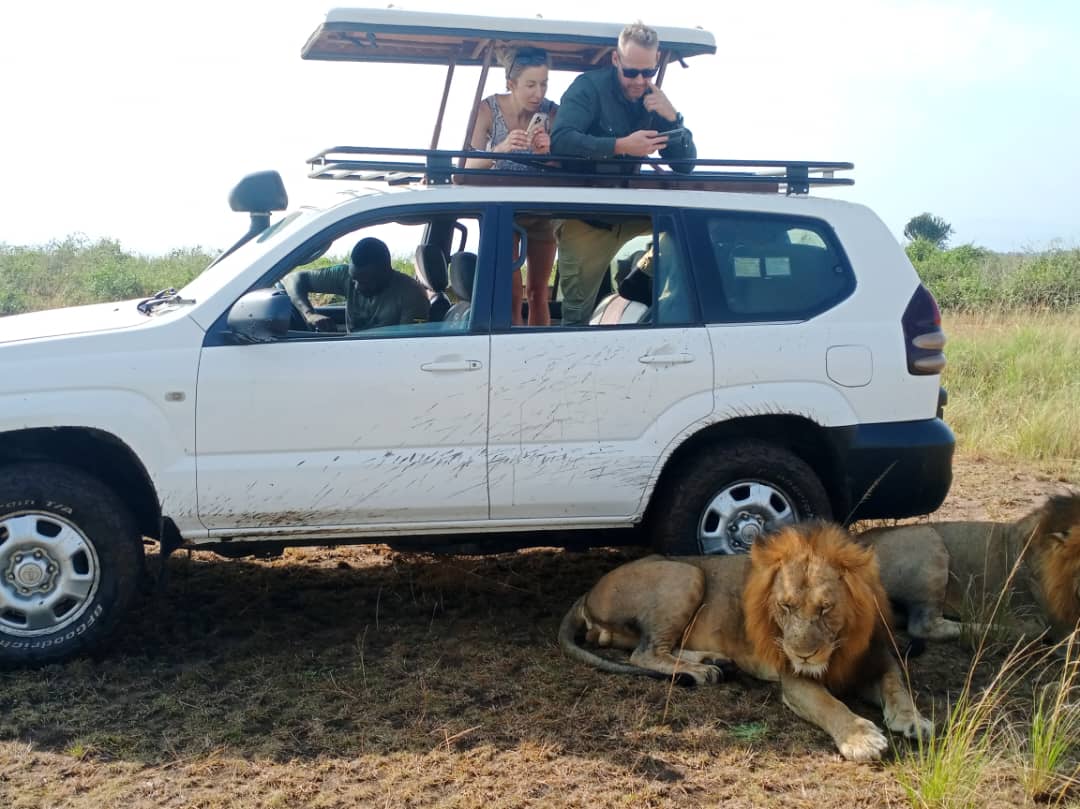
Before entering any park, conduct a thorough vehicle inspection. Check tire pressure and carry at least two spare tires, as punctures from acacia thorns are common. Pack essential tools including a jack, tire repair kit, jumper cables, and recovery equipment like a tow rope or sand ladders. Water, oil, and coolant should be topped off, and fuel tanks filled to capacity since petrol stations are rare near park boundaries.
Understanding Park Roads and Navigation
Uganda’s park roads vary dramatically in quality and accessibility. Queen Elizabeth National Park features relatively well-maintained circuits suitable for most 4WD vehicles, while Kidepo Valley’s remote tracks demand serious off-road capability. Murchison Falls National Park offers a mix of conditions, with some areas becoming nearly impassable during heavy rains.
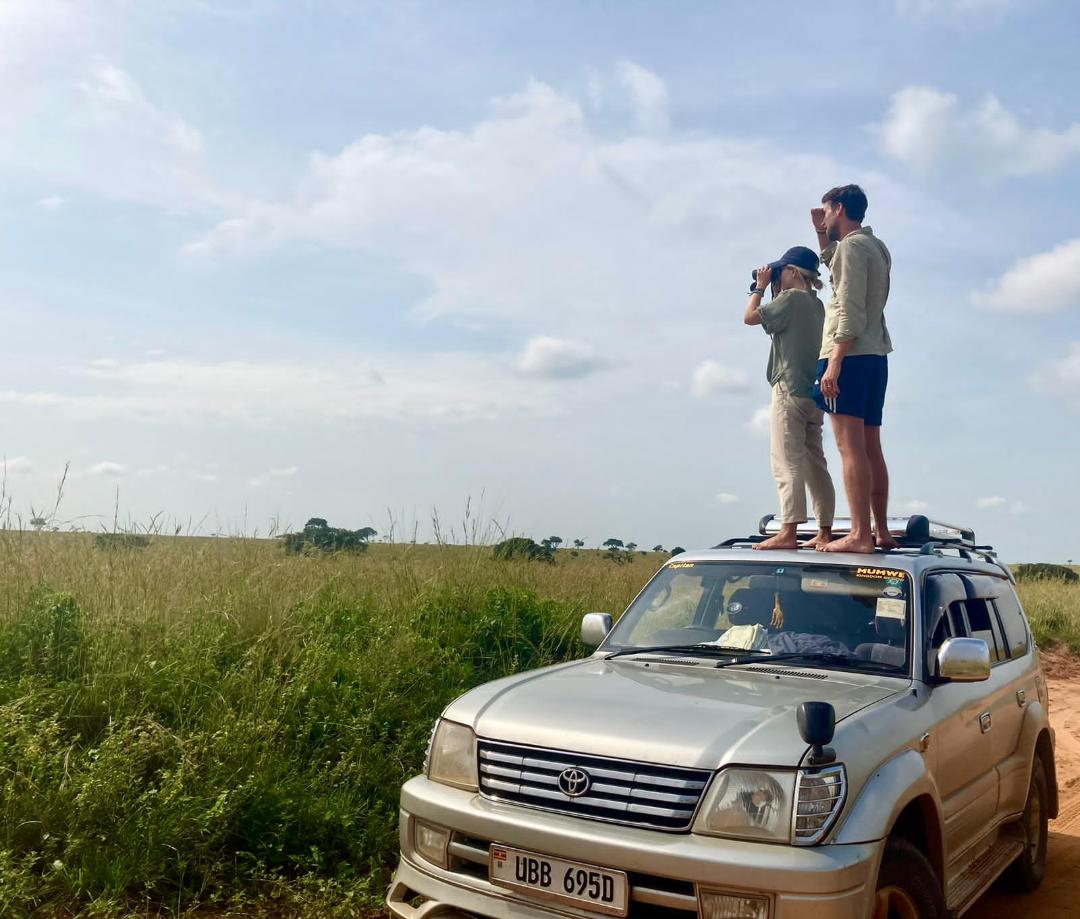
GPS devices can be unreliable in dense forest areas like Bwindi, so carry detailed park maps available at entrance gates. Many parks provide basic road condition updates, but it’s wise to inquire about current accessibility before venturing onto remote tracks. Some areas may be temporarily closed for wildlife management or seasonal restrictions.
Wildlife Encounters and Safety Protocols
Driving in Uganda’s parks means sharing roads with elephants, lions, buffalo, and other potentially dangerous animals. Maintain a minimum distance of 25 meters from all wildlife, and never attempt to get closer for photographs. Elephants, in particular, can appear suddenly around bends or emerge from thick vegetation.
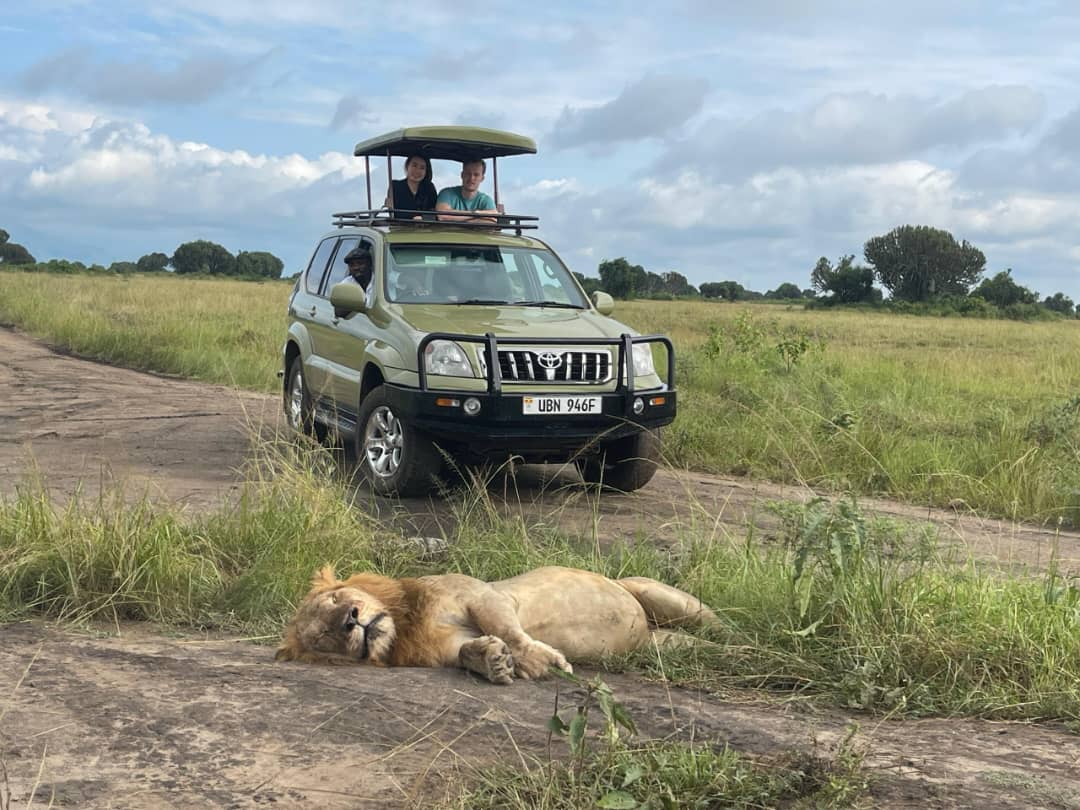
If animals block your path, remain calm and patient. Turn off the engine and wait quietly until they move on naturally. Never honk your horn, rev the engine, or attempt to force passage. Large herds can take considerable time to cross roads, especially during migration periods in parks like Queen Elizabeth.
Keep windows partially closed and avoid sudden movements that might startle animals. If you encounter predators like lions or leopards, maintain eye contact but avoid staring aggressively. Back away slowly if they approach your vehicle, and never exit your car under any circumstances.
Practical Driving Tips
Start early to maximize wildlife viewing opportunities, as animals are most active during cooler morning and evening hours. This also allows time to navigate challenging sections before afternoon heat makes conditions more difficult.

Drive slowly, typically 15-25 km/h on park roads. This speed allows better wildlife spotting, reduces dust clouds, and minimizes tire damage from sharp rocks. Faster driving also increases risks during unexpected animal encounters.
Carry ample water, snacks, and a first aid kit. Communication can be limited, so inform park headquarters of your planned route and expected return time. Some parks offer radio communication for emergencies, but cell phone coverage is sporadic at best.
Weather and Seasonal Considerations
Uganda’s dry seasons (December-February and June-August) generally offer the best driving conditions, though roads can become extremely dusty. Wet seasons bring lush landscapes and excellent bird watching, but many roads become treacherous or completely impassable.
Always check current weather conditions and road accessibility before departure. Park rangers can provide valuable local knowledge about recent conditions and suggest alternative routes if necessary.
Conclusion
Self-driving in Uganda’s national parks rewards adventurous travelers with unforgettable wildlife encounters and stunning landscapes. Success requires proper preparation, appropriate equipment, and deep respect for the natural environment. Take your time, stay alert, and embrace the unique privilege of exploring some of Africa’s most pristine wilderness areas at your own pace. The memories created will last a lifetime, making every challenge along the way worthwhile.
To book a 4×4 vehicle a private park safari in Uganda, simply contact us now by sending an email to info@ugandacarrentalservices.com or call us now on +256-700135510 to speak with the reservations team.
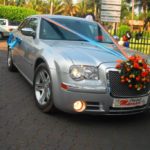
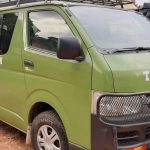
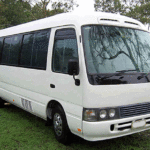
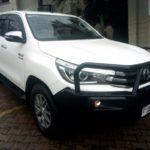
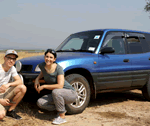
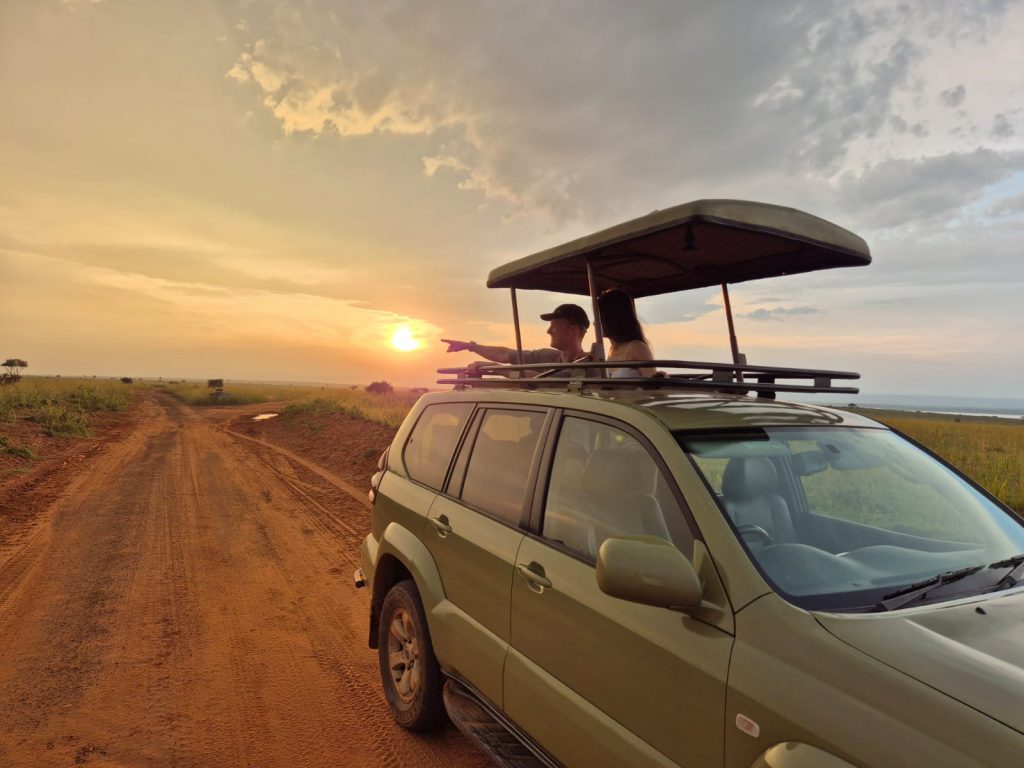
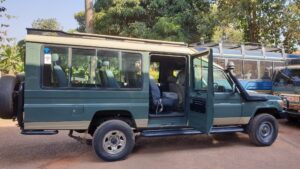
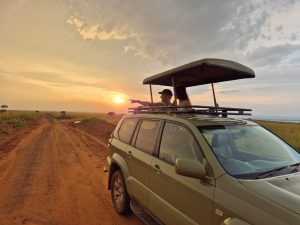
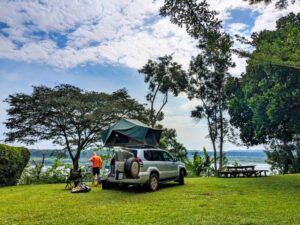
Related Articles
Best Time to Visit Uganda for Safaris: Month-by-Month Guide
Why Choose a 4×4 Car Rental in Uganda for Your Safari Trip
Cheap Car Rental Uganda: Save Money Not Sacrificing Quality